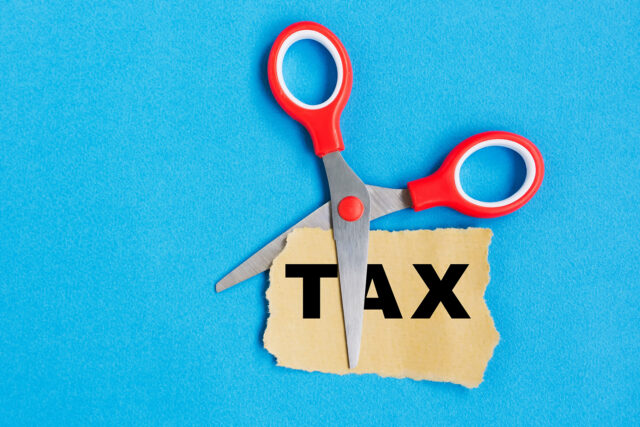
At Least Include a Trigger to Restore the Payroll Tax
Alicia H. Munnell is a columnist for MarketWatch and senior advisor of the Center for Retirement Research at Boston College.
Where is gridlock when we need it? Republicans and Democrats both support extending the payroll tax cut that is due to expire at the end of the year, though they have yet to agree on the details. Fortunately, the likely compromise only extends the cut in the employee tax rate from 6.2 percent to 4.2 percent on earnings up to the Social Security maximum ($106,800) that became effective in January 2011. If so, it would not incorporate the President’ proposals to further reduce the employees’ rate to 3.1 percent and to similarly cut the employers’ rate to 3.1 percent to the extent they take on new workers. Since the two political parties appear to be so agreeable, could they agree on one more thing – a trigger mechanism that would reinstate the payroll tax rate as the economy recovers? That is, half the cut could be restored once the unemployment rate hit 7.5 percent and the other half once it hit 5.5 percent.
The tradeoff here is between the short-term impact on the economy and the long-term impact on the Social Security program. Mark Zandi, chief economist at Moody’s Analytics estimates that not extending the cut could subtract 0.7 percentage points from the economic growth rate. No one seriously argues that the cut in the employees’ rate is a job creator, but taking money out of the paychecks of millions of working Americans could indeed have a negative effect. But the compromise involves offsetting the cost of the payroll tax cut with reduced spending and/or increased taxes elsewhere in the budget, so it is unclear just how stimulative the total package will be.
On the other hand, the risk to the Social Security program is clear. Before the 2011 cut, the Social Security financing story was one where the average cost rate for the next 75 years was 16.2 percent and the scheduled income rate was 14.0 percent, producing a deficit of 2.2 percent. That figure means that if the payroll tax were raised immediately by 2.2 percentage points – 1.1 percent each for the employer and employee – the government would be able to pay the current package of benefits for everyone who reaches retirement age through 2085.
A 2-percentage-point cut in the employee payroll tax changes the story. The deficit becomes 4.2 percent of payrolls. Yes, general revenues are being credited to the trust funds to make up for foregone revenues in the short run, but restoring balance to Social Security, which in 2010 looked trivial, now appears daunting. The expiration of any reduction in a tax is now characterized as a tax increase, and the resistance to tax increases is ferocious. Policymakers will have put themselves in a position where a balancing of tax increases and benefit cuts will simply involve restoring the cut. Benefit cuts will be much larger than they would have been before people started fooling around with the payroll tax.
The only way to avoid such a situation is to have the payroll tax cut be restored automatically. That is, Congress should link the extension of the cut to a trigger. In that way, as the economy recovers, Social Security will see its revenue source restored. And solving Social Security’s long-run financing gap will once again become a trivial exercise.







